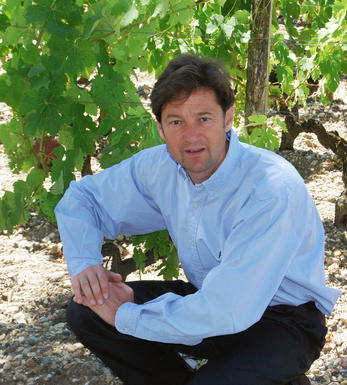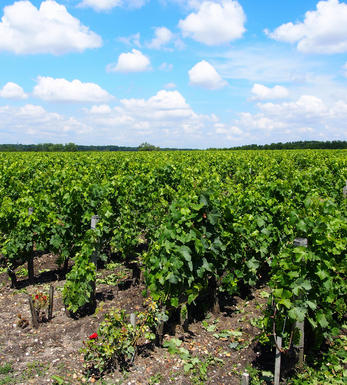
2016 Château Carbonnieux, Pessac-Léognan, Bordeaux

Critics reviews
Lisa Perrotti-Brown - 30/11/2018
About this WINE

Chateau Carbonnieux
The vineyards of Château Carbonnieux, in the superior Pessac-Léognan appellation, in the Graves region of Bordeaux, can trace its history back to the 13th century, but the history of the modern Carbonnieux dates from the 1950s, when Marc Perrin acquired the estate. A complete fresh start was made at this time when the harsh winter of 1956 wiped out the remaining vines in what were by that time rather unkempt vineyards. The new plantings were laid out to the plan perfected in the 18th century when the Château was at its peak.
Since the 1980s Carbonnieux has been producing excellent red and white wines, in the classic Pessac- Léognan style. The whites are made from roughly two thirds Sauvignon Blanc and one third Sémillon and the reds from two thirds Cabernet Sauvignon and one third Merlot. The whites are barrel-fermented and spend 10 further months in the barrel on the lees, one third of which are new, each year. The reds spend 18 months in barrel that are also one third new.

Pessac-Leognan
In 1986 a new communal district was created within Graves, in Bordeaux, based on the districts of Pessac and Léognan, the first of which lies within the suburbs of the city. Essentially this came about through pressure from Pessac-Léognan vignerons, who wished to disassociate themselves from growers with predominately sandy soils further south in Graves.
Pessac-Léognan has the best soils of the region, very similar to those of the Médoc, although the depth of gravel is more variable, and contains all the classed growths of the region. Some of its great names, including Ch. Haut-Brion, even sit serenely and resolutely in Bordeaux's southern urban sprawl.
The climate is milder than to the north of the city and the harvest can occur up to two weeks earlier. This gives the best wines a heady, rich and almost savoury character, laced with notes of tobacco, spice and leather. Further south, the soil is sandier with more clay, and the wines are lighter, fruity and suitable for earlier drinking.
Recommended Châteaux: Ch. Haut-Brion, Ch. la Mission Haut-Brion, Ch. Pape Clément, Ch Haut-Bailly, Domaine de Chevalier, Ch. Larrivet-Haut-Brion, Ch. Carmes Haut-Brion, Ch. La Garde, Villa Bel-Air.

Cabernet Sauvignon Blend
Cabernet Sauvignon lends itself particularly well in blends with Merlot. This is actually the archetypal Bordeaux blend, though in different proportions in the sub-regions and sometimes topped up with Cabernet Franc, Malbec, and Petit Verdot.
In the Médoc and Graves the percentage of Cabernet Sauvignon in the blend can range from 95% (Mouton-Rothschild) to as low as 40%. It is particularly suited to the dry, warm, free- draining, gravel-rich soils and is responsible for the redolent cassis characteristics as well as the depth of colour, tannic structure and pronounced acidity of Médoc wines. However 100% Cabernet Sauvignon wines can be slightly hollow-tasting in the middle palate and Merlot with its generous, fleshy fruit flavours acts as a perfect foil by filling in this cavity.
In St-Emilion and Pomerol, the blends are Merlot dominated as Cabernet Sauvignon can struggle to ripen there - when it is included, it adds structure and body to the wine. Sassicaia is the most famous Bordeaux blend in Italy and has spawned many imitations, whereby the blend is now firmly established in the New World and particularly in California and Australia.


Buying options
Add to wishlist
Description
Deep garnet-purple colored, the 2016 Carbonnieux reveals warm black and red plums, blackcurrants and cigar box scents with a waft of crushed rocks. Medium-bodied, fine-grained and with great freshness, it delivers a minerally finish.
Lisa Perrotti-Brown - 30/11/2018
wine at a glance
Delivery and quality guarantee